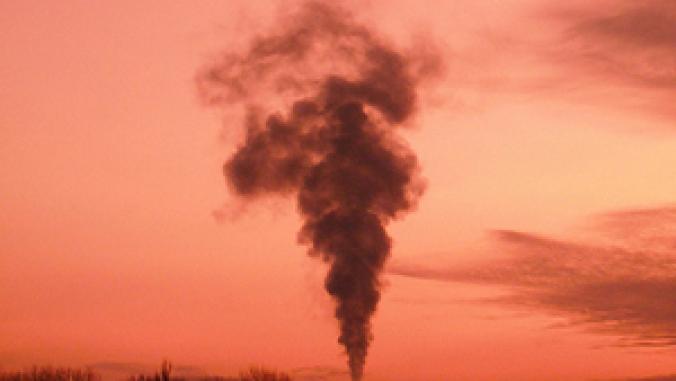Grays Harbor Paper Joins Environmental Footprint Study
<p>Grays Harbor Paper LP joined the Department of Ecology's Industrial Footprint Project last week, agreeing to supply data to help the agency measure a major manufacturing facility's impact on the environment and community.</p>
Grays Harbor Paper LP joined the Department of Ecology's Industrial Footprint Project last week, bringing the number of participating pulp and paper mills to four.
Grays Harbor Paper LP agreed Wednesday to supply data to the agency as it seeks to measure a major manufacturing facility's impact on the environment and community. Nippon Paper Industries of Port Angeles announced a similar partnership the week before, and the agency said in a statement it hopes to announce the participation of two additional paper mills later this month.
The agency's Industrial section, which will lead the project, chose to partner with the state's paper and pulp industry, consisting of eight major chemical pulp mills and four smaller paper mills.
The footprint aims to highlight opportunities for saving energy, water, materials and money. It will evaluate what factors and incentives are needed before facilities will seek goals beyond basic compliance. A baseline footprint will be developed for individual companies and for the industry as a whole.
The Industrial Section chose the paper and pulp industry for the project because the department carries the broadest range of responsibilities for the industry, which is still thriving compared to others, Section Manager Carol Kraege told GreenBiz Friday. The division mainly regulates oil refineries, aluminum smelters, and pulp and paper producers in the areas of water, air, hazardous waste, solid waste and clean-up.
Kraege holds the results will help her agency make better, more informed decisions to regulate the industry. The bulk of the work will be carried out next year using a $180,000 grant. The project will weigh heavily on stakeholder input, such as neighbors and communities.
"A neighbor’s view of a mill is a lot different than a regulator or owner or a person who works there," Kraege said.
Initial industry reaction varied when she first broached the subject three years ago. "It ranged from enthusiasm to skepticism, to downright 'don’t bother me with it,'" she said.
Kraege hopes more pulp and paper mills will come forward to participate although it can be expensive to track and report the needed data. As the debate over climate change and high energy costs heat up, more will likely join the discussion, she said.
Grays Harbor Paper, which joined the project Wednesday, pegs mill production at 425 tons per day of carbon neutral, process chlorine free paper. It produces roughly 80 tons per day of Harbor 40, a 40 percent post consumer recycle process that is chlorine free, the company said.
It also produces about 11.5 tons a day of Harbor 100, writing paper that uses 100 percent post consumer recycle process.
The company uses wood waste as biomass fuel for its boilers to make steam-generated electricity. The certified renewable energy is used to make Harbor 100, while the remainder is sold back to the power grid.




